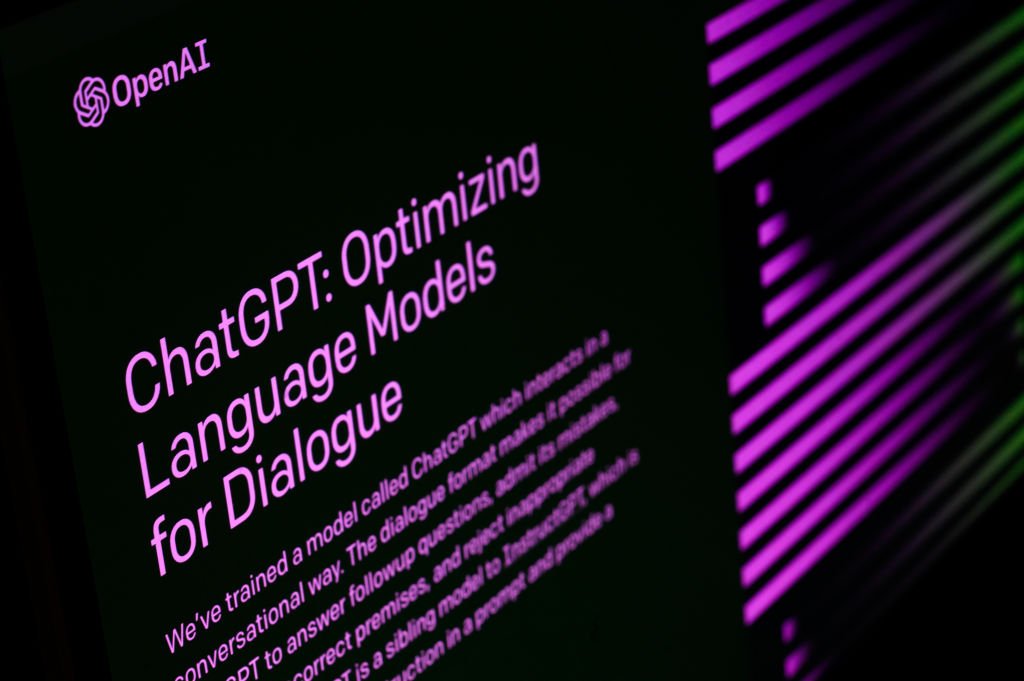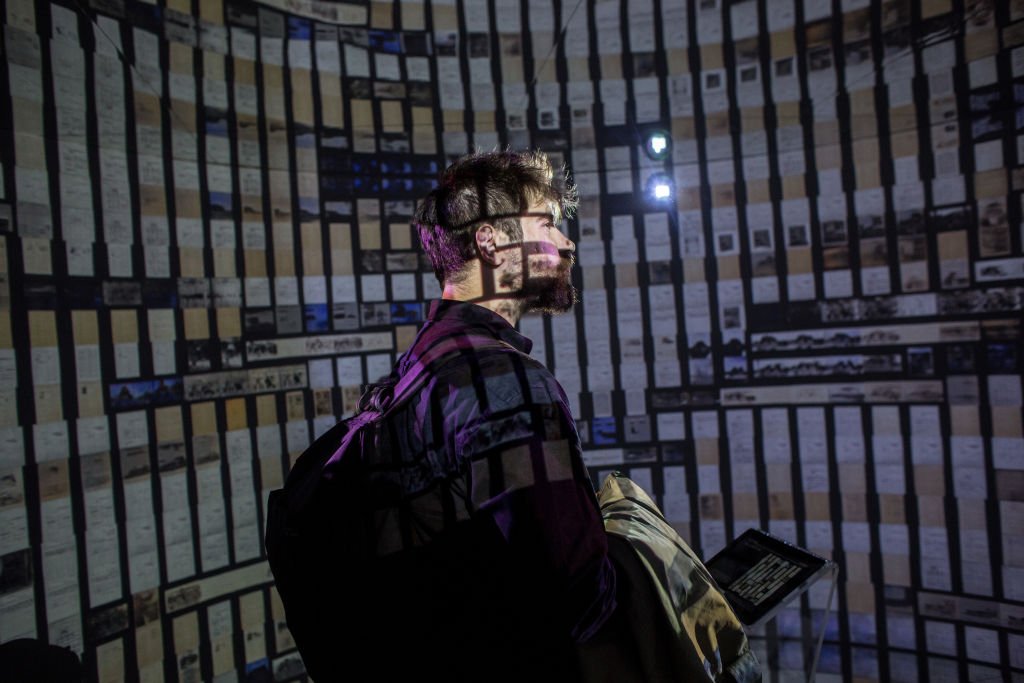Since the launch of ChatGPT in November last year, a lot has been written about how generative artificial intelligence (AI) will disrupt the media and communications industries. This is understandable as large language models (LLMs), trained on billions of words, can seemingly perform many tasks traditionally performed by skilled professionals, including creative writing, presentations, and marketing plans.
To assess the impact of these tools on our industry, and whether they pose an existential threat or an opportunity for growth, let’s start with a summary of use cases that will likely come to pass.
Robot assistants… or usurpers
Most obviously, AI writing tools offer unprecedented levels of speed. In time, this will allow companies to rapidly produce reams of specifically tailored content, drawing on vast amounts of data and audience insights. To give one example, a press release or opinion piece could be rewritten in an endless number of ways to suit the many outlets and channels, and even individuals to which the message is directed.
AI writing and design will help produce creative content, including marketing copy and copywriting for advertising and promotional campaigns. This will once again be far more accurately aimed at segmented audiences. Over time, those tools will get much better at identifying keywords, phrases, images and themes that resonate with specific target groups, providing real-time feedback and adjusting the content in line with these insights.
While there are a number of tools that already scan the internet for crisis communications purposes, future iterations will also develop very specific response strategies, eliminating the need for a stressed human having to work through the night to fight fires.
Does this mean corporate brands can dispense with outside communications experts, relying instead on a junior in-house writer to churn out multiple press releases, speeches, and comment pieces per day using AI tools? Will media houses dispense with yet more writers and instead use AI to create endless versions of content tailored to its different audience segments?
This approach would undoubtedly save money, at least in the short term, and would theoretically be more highly targeted to its intended recipients, so the scenario could easily come to pass. But let’s look a little closer at this future of hyper-regular content, delivered at all hours from companies, media outlets, influencers and any regular person who wishes to boost their online presence.
Death by spam
In this scenario, your favourite websites, social media feeds, email inboxes… all of it will be flooded with unoriginal content on a scale that we can scarcely imagine today. The American writer and thinker Sam Harris has described this as the “spamification” of everything on his podcast. Matthew Kirschenbaum sparked a Twitter frenzy in March with his essay for The Atlantic, titled Prepare for the Textpocalypse, in which he argued:
“What if, in the end, we are done in not by intercontinental ballistic missiles or climate change, not by microscopic pathogens or a mountain-size meteor, but by… text? Simple, plain, unadorned text, but in quantities so immense as to be all but unimaginable—a tsunami of text swept into a self-perpetuating cataract of content that makes it functionally impossible to reliably communicate in any digital setting?”
And this is all before we talk about generative audio and video content, which is a whole other conversation, given the likelihood of highly plausible but ultimately fabricated material.
While no one can predict how AI will develop more generally, LLMs specifically do not think for themselves, but regurgitate the data upon which they have been trained – in other words, information that is already out there in the open. Nothing will be genuinely new but neither will it be obviously auto-generated. How will we trust what is real or even true?
This is especially so, given LLMs are only as good as the data upon which they are trained. As more and more of the material on the internet becomes model-generated rather than human-originated, a recent study suggests that this inevitably leads to wrong or homogenous results and eventually model collapse. The machine, in other words, will eat itself.
And in the meantime, it's not hard to see how the only answer for information-drowned individuals is to switch off completely. Send all the emails to junk. Turn off social media feeds. Ignore the mass of websites regurgitating the same topics in slightly different guises. And therein lies the opportunity to add real value…
Back to basics
Our only chance to stand out from the crowd, as individuals, publishers, or businesses, will be to have a truly unique viewpoint – and earn the trust of our audience. Journalists who break stories in their local community; marketers who dream up arresting, fresh campaigns; businesses that communicate only when they have something genuinely original to say; opinion writers who can genuinely add new angles to topics of the day… these will be our guiding lights.
Yes, of course that is what we are all supposed to be doing already. The point now is that we will have to get a lot better at doing it, which will be easier said than done as AI is already very good at copying us and will only get better in ways we can’t even comprehend.
Fortunately, we already know that great communication is about having a unique perspective that cuts through the noise. Passion, human emotion and unique insights are the difference between bland commentary and an inspiring tweet, post, op-ed, press release or speech that drives real change. This requires the spark of truly original human creativity and connection that cannot be bought, sold, or even taught – for now at least.
The proliferation of generative AI is yet another reminder that organisations must continually rewire their commercial, cultural, technological and value strategies to turn risk into opportunity in this ever-changing world. Our job now is to figure out how to best use these tools to elevate rather than replace our own unique skill sets. As Heraclitus rightly said way back in 535 BC, change is the only constant. And in our own organisations, we might also heed the words of futurist Yuval Noah Harari: “To keep up with the world of 2050, you will need to do more than merely invent new ideas and products, but above all, reinvent yourself again and again.”
We must all be prepared.










